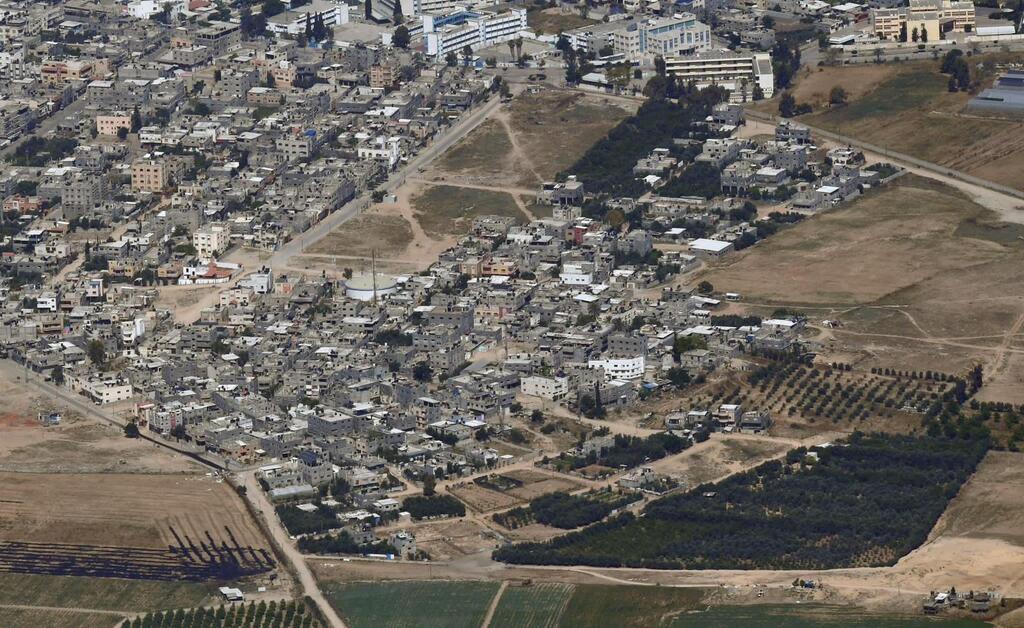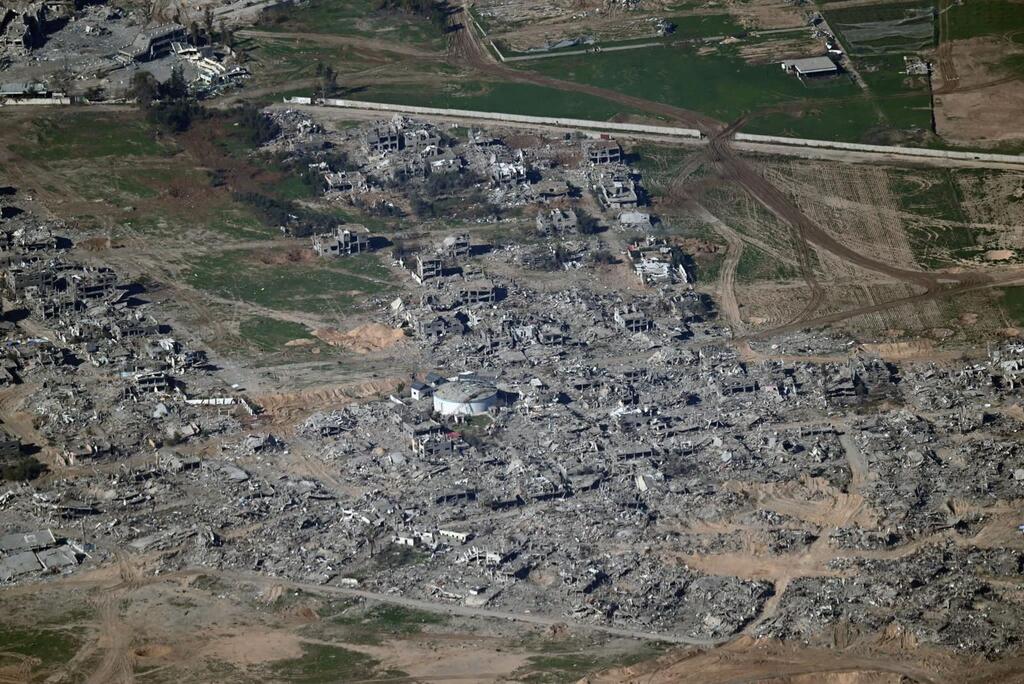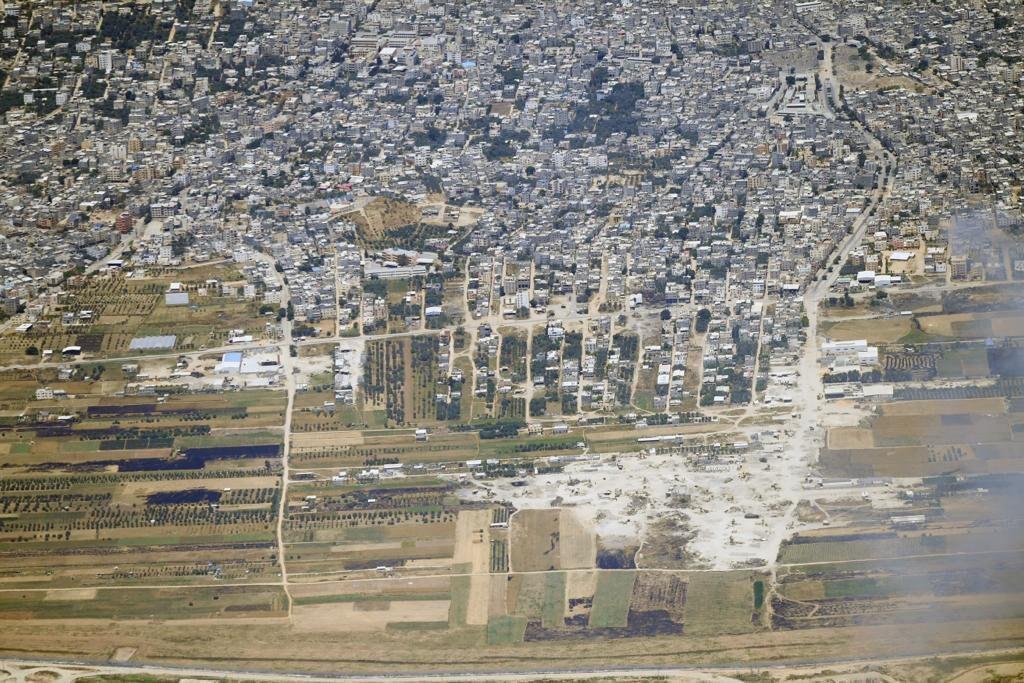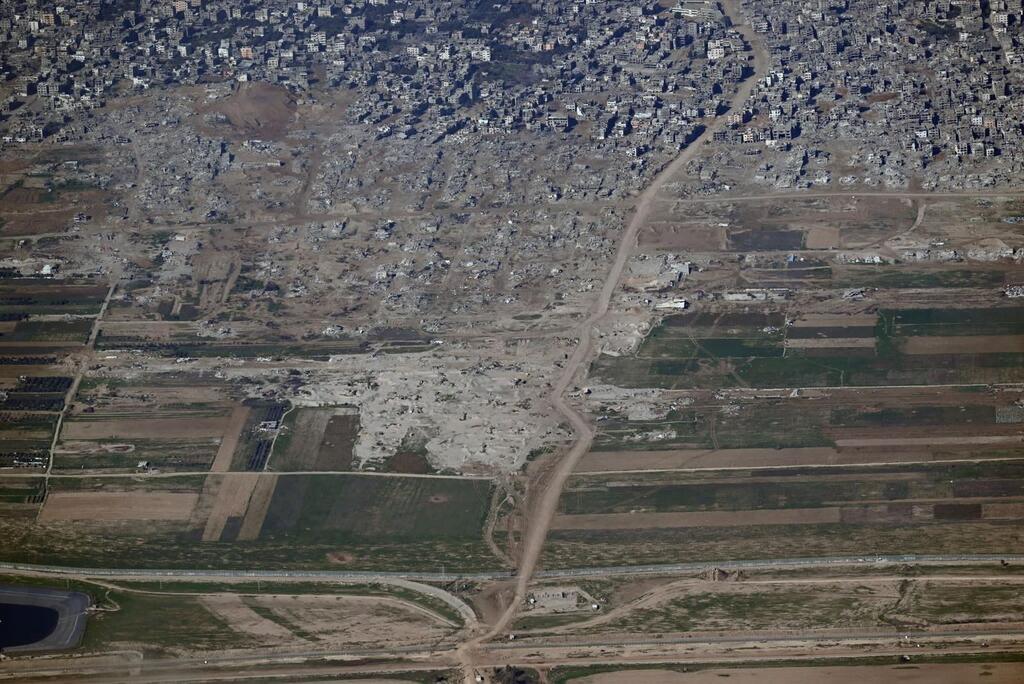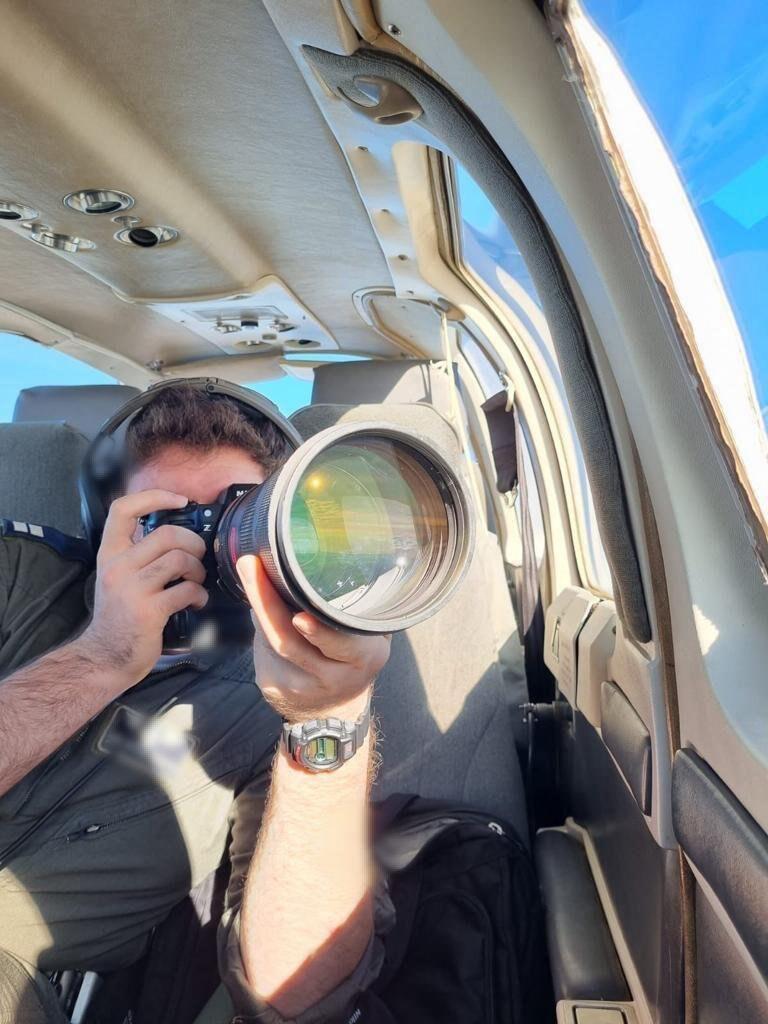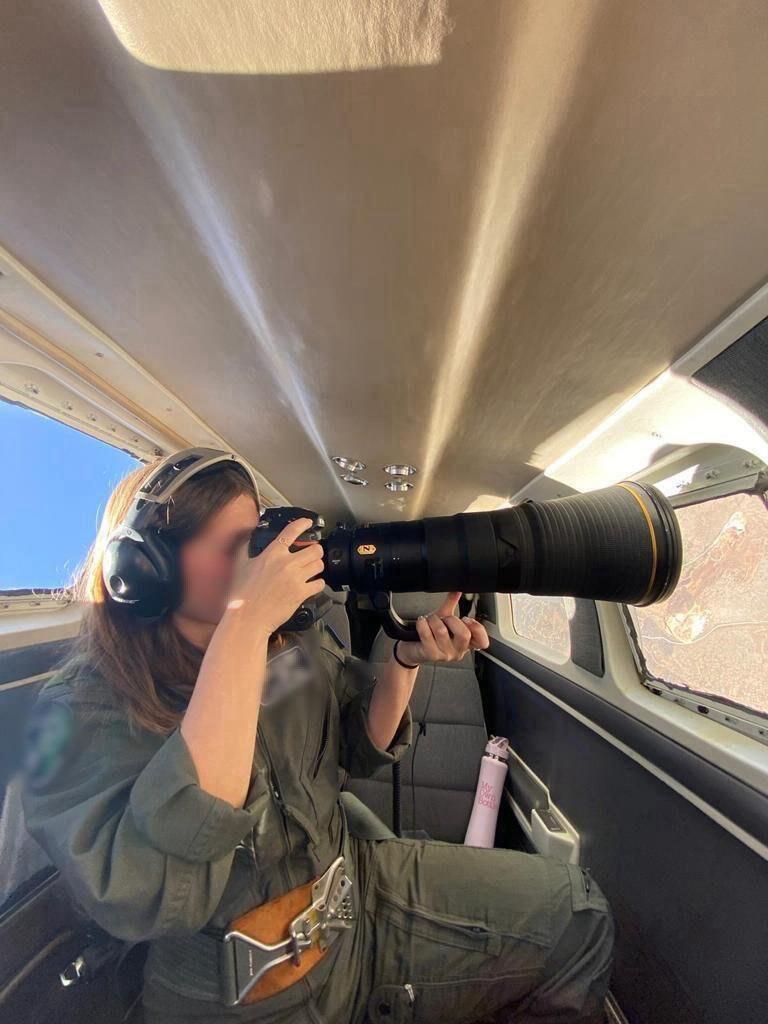Getting your Trinity Audio player ready...
In recent days, IDF forces have been finalizing the demolition of thousands of Palestinian houses which over the years provided positions that enabled fire and surveillance control over Israeli communities, with some being within range of Hamas terrorists’ sniper or mortar fire.
Read more:
The demolition includes the eastern urban areas of the Shijaiyah neighborhood, situated on a low hill with views of the kibbutzim Nahal Oz and Kfar Aza, the eastern neighborhood of Beit Hanoun facing Sderot, and the northern parts of Beit Hanoun, located opposite moshav Netiv HaAsara.
Similar operations are planned to take place in other parts of Gaza, including Khuza’a in southern Gaza, facing the Eshkol regional council settlements.
The Broad Vision Unit (BVU), jointly operated by the Air Force and Intelligence Corps, has captured thousands of high-resolution images from the early days of the war. These images reveal the dramatic changes undergone by Gaza neighborhoods overlooking Israel.
BVU analysts captured images of the neighborhoods before and after using reconnaissance aircraft. The IDF states that each structure, thoroughly destroyed either by controlled demolition or air strikes, was scrutinized and identified as a Hamas military target. The aim of this operation is to facilitate the safe return of residents in the surrounding areas to their homes, eliminating the need to confront nearby threats.
BVU scouts have been conducting continuous patrols from reconnaissance planes over the Gaza Strip since October 7, remaining on immediate standby to support the maneuvering ground forces.
They utilize the most advanced and extensive photographic equipment in the IDF, including special cameras with long-range lenses, manually operated through unique windows in the manned aircraft of the 100th Squadron. The unit's scouts also enable rapid target clearance before strikes, ensuring the absence of soldiers or non-combatants in densely populated areas.
This is the largest squadron in the Air Force, some of whose members, particularly reservists, have managed to conduct continuous eight-hour flights over Gaza throughout the war.
The unit's analysts, who perform their duties in real-time from the aircraft, have discovered Hamas' combat techniques and immediately relayed them to ground forces. This includes terrorists returning to bombed houses and using the ruins for anti-tank fire or planting explosives, under the assumption that the IDF would not strike those locations again.
BVU teams also assist in real-time post-strike assessments to ensure that each bombing achieves its intended target. During and before ground operations, brigade and division commanders were brought onboard the reconnaissance aircraft to identify and learn about the targets they would be capturing from an aerial perspective.
BVU scouts are also integrated into the micro-tactical missions of ground forces, such as guiding and marking targets for tanks, being on standby for sudden missions and pursuits of terrorists, all while utilizing an aerial platform unrestricted by weather conditions.
In the Namer APC disaster at the start of the Gaza incursion, where 11 soldiers were killed, a Tzufit reconnaissance plane was quickly deployed to the vicinity. This aircraft identified anti-tank squads trying to target the rescuers heading to the site. Guided by fighter jets and additional aircraft, the threats were eliminated.
The scouts also identified numerous anomalies: Gazans exiting with white flags who were later revealed in some cases to be Hamas lookouts; gunmen blending in with children and women in UNRWA shelters; and a particularly jarring incident that shook even the most experienced members of the unit - a retrospectively analyzed photograph of three civilians walking in the streets of Shijaiyah, who were eventually killed by IDF fire, and were later discovered to be hostages.
BVU also refined still photography capabilities from aircraft throughout the war, capturing images at diagonal angles. Upon the request of the maneuvering brigades, they even coordinated aerial photographs of the soldiers as keepsakes.




